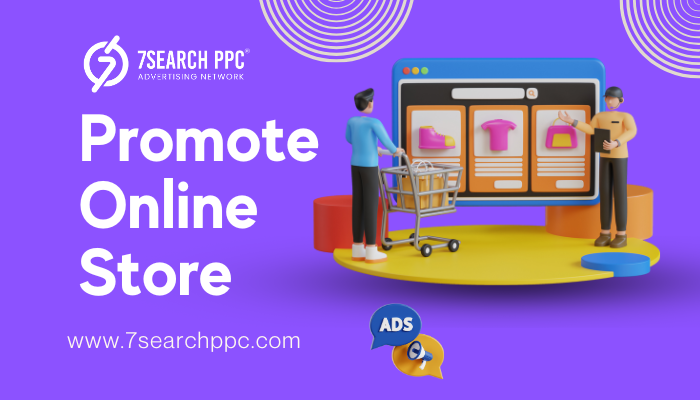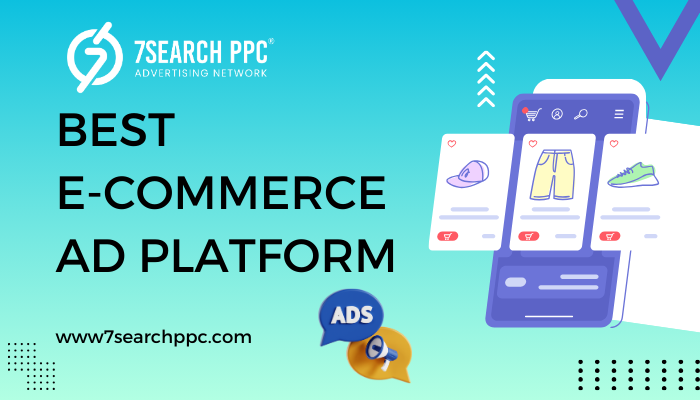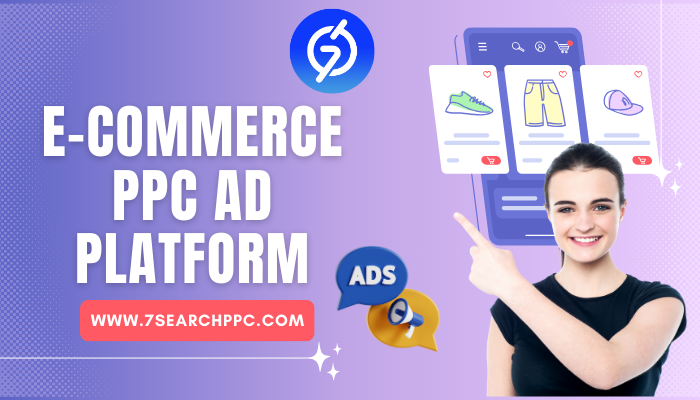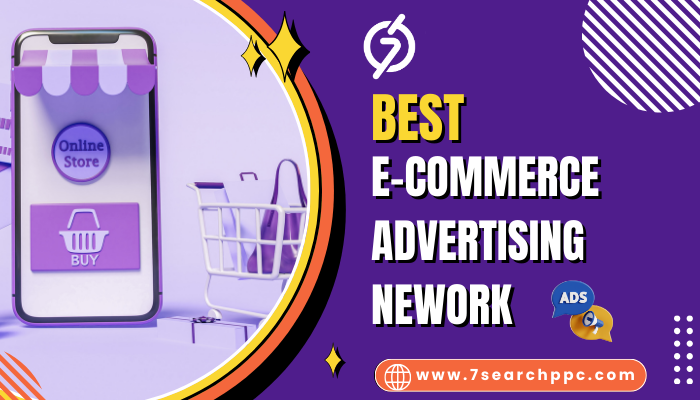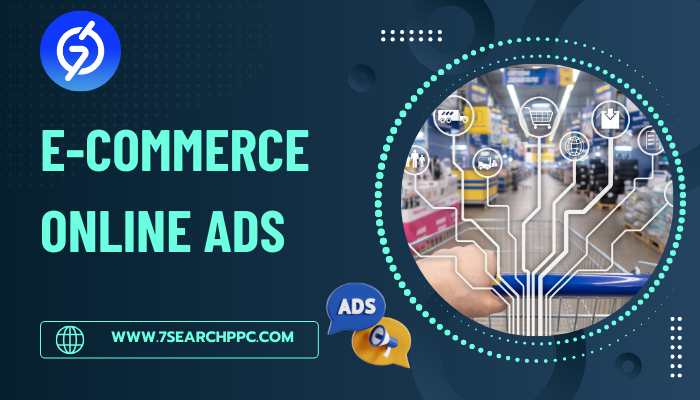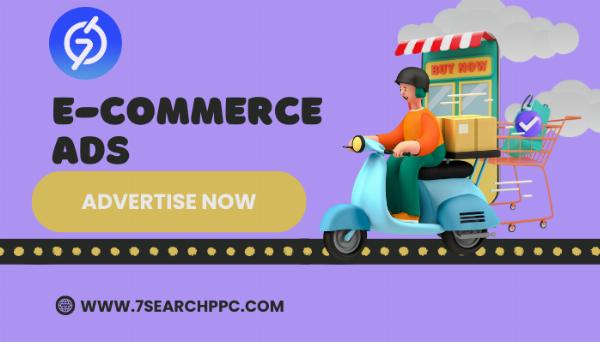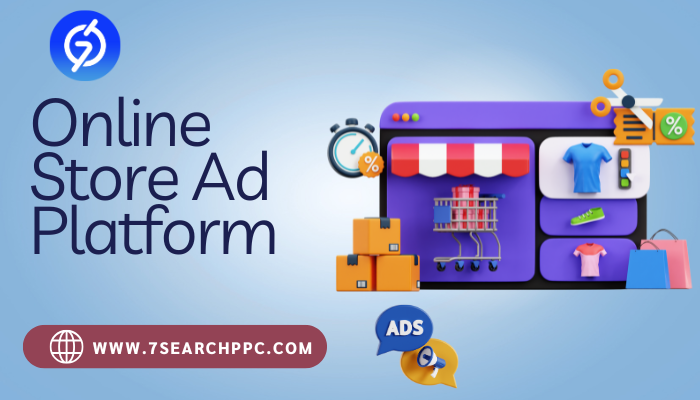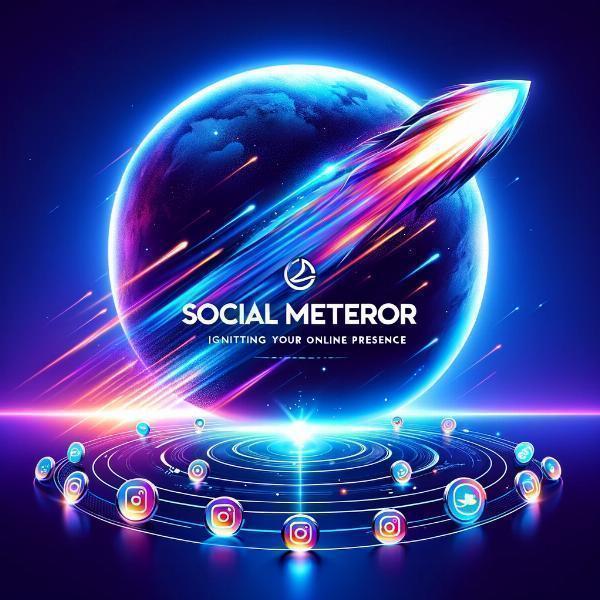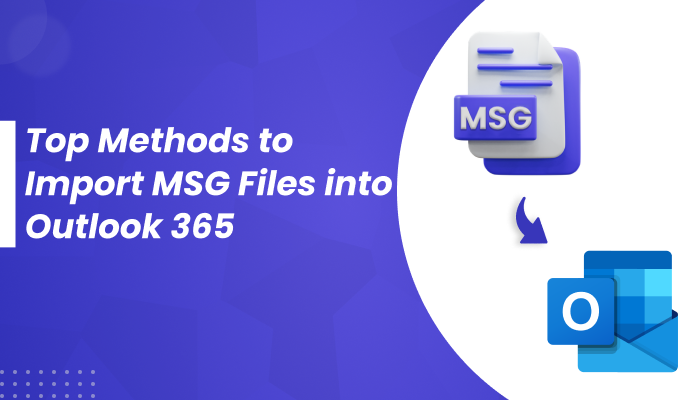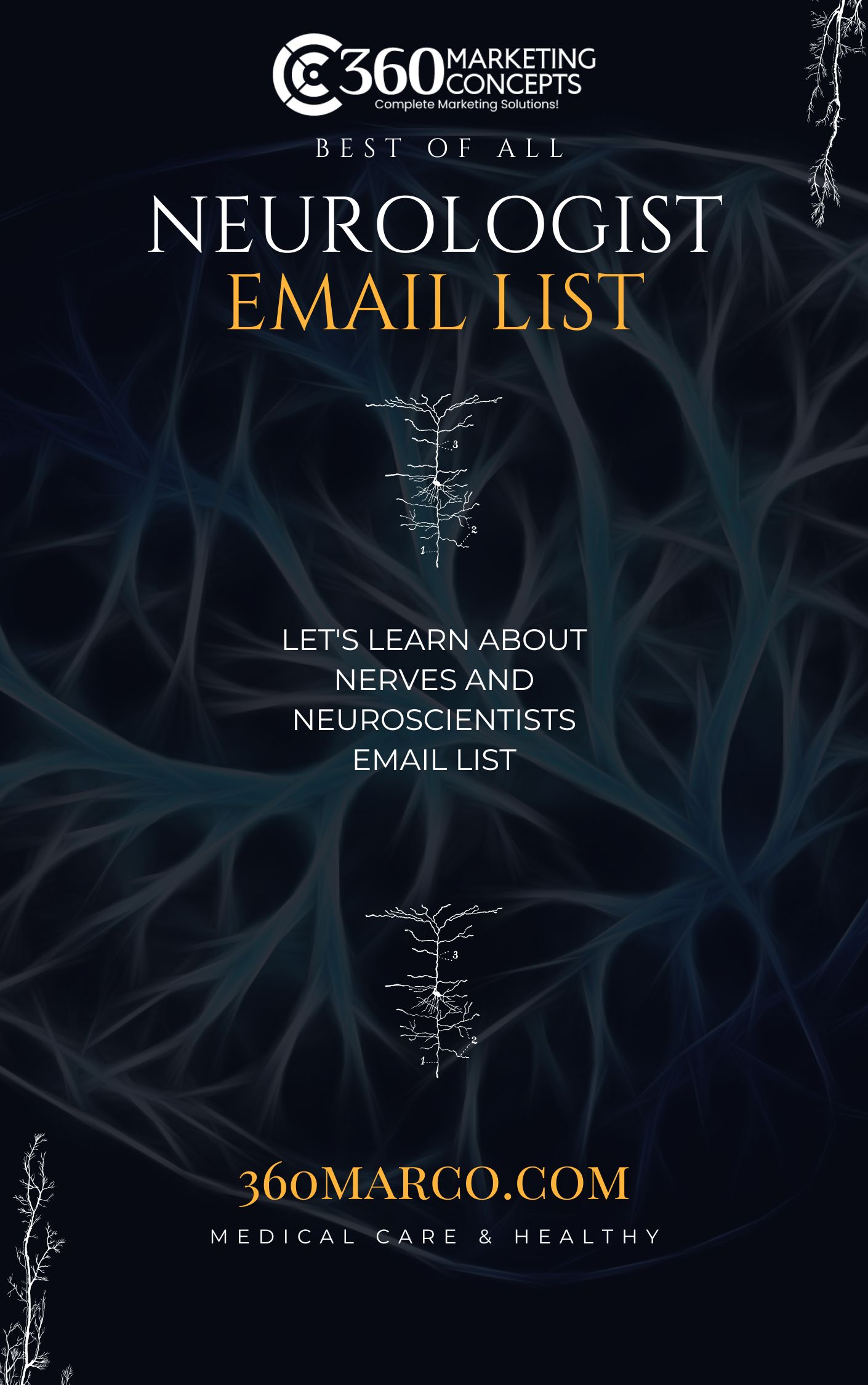The Best Ad Platforms to Promote online store
Promoting an online store can feel overwhelming, especially with the endless choices for ad platforms. But don’t worry, we’re here to make sense of it all. From Google Ads to social media powerhouses like Facebook, each platform offers unique tools to help boost your store's visibility and sales. The trick is to pick the right platform for your business to ensure you reach the right audience and make the most of your ad budget. Whether you’re just starting with e-commerce marketing or are looking to level up your existing strategy, knowing the Best Ad Network options is key.
In this blog, we’ll explore the best ad platforms to help you promote your online store effectively, dive into e-commerce ad campaigns, and discuss ways to optimize your marketing strategies. Let’s get started!
Key Factors to Consider When Selecting Ad Platforms
Target Audience Demographics
Before you pick an ad platform, think about who you’re targeting. If your audience is predominantly younger, platforms like TikTok or Snapchat might work best. For a more general audience, Google Ads and Facebook Ads are safe bets.
Budget and Cost-Effectiveness
Some platforms are more affordable than others, but your ROI matters more than the upfront cost. Look for platforms that align with your budget while offering robust targeting and engagement tools.
Platform Reach and Engagement
Your goal is to reach as many potential customers as possible. However, reach alone won’t matter if your audience isn’t engaging with your ads. Consider the engagement rates of different platforms when deciding where to allocate your ad spend.
Ad Format Compatibility
Each platform offers different ad formats, from text ads to video ads. Make sure the platform you choose supports the type of ads that resonate with your target audience.
Best Ad Platforms to Promote Online Stores
Google Ads - Search and Display Network
As the king of search engines, Google Ads is a must-use platform for e-commerce businesses. Its massive reach through both search and display networks allows you to reach potential customers right when they’re searching for products similar to yours. You can target keywords relevant to your store and even use Google’s Shopping ads for a more visual appeal.
Benefits for E-Commerce:
High intent audience
Customizable ad formats
Ideal for both large and small e-commerce stores
Facebook and Instagram Ads
Social media is where many people spend most of their time online, making Facebook and Instagram Ads highly effective for Online Store Advertising. Facebook’s detailed targeting options allow you to reach users based on interests, behaviors, and demographics, while Instagram’s visual nature is perfect for showcasing your products.
Social Media Power:
High engagement rates
Both platforms share the same ad management system
Instagram’s focus on visuals helps drive conversions for e-commerce
TikTok Ads for E-Commerce
TikTok may be new to the ad scene, but it’s rapidly growing in popularity, especially among younger audiences. Short-form video ads can create a massive impact and help your store stand out in creative ways.
Reaching Younger Audiences:
Engages Gen Z effectively
High potential for viral content
Perfect for visually engaging products
Pinterest Ads
Pinterest is a visual discovery engine and a fantastic platform for promoting e-commerce products. People come to Pinterest looking for inspiration, and e-commerce brands can capitalize on this by creating visually appealing ads that fit seamlessly into the user’s discovery journey.
E-Commerce Potential:
Ideal for fashion, home décor, and DIY products
High purchase intent audience
Excellent for driving traffic to product pages
Amazon Advertising
As the biggest online retailer in the world, Amazon Advertising is a go-to platform for many e-commerce sellers. If you’re already selling products on Amazon, using their ad platform can boost product visibility and drive more sales.
Product-Driven Campaigns:
Target customers already searching for products like yours
Multiple ad formats, including sponsored products and brands
Access to Amazon's vast customer data
Bing Ads
Though often overlooked, Bing Ads still boasts a significant share of the search engine market. Its audience may be smaller than Google’s, but it tends to have less competition and higher conversion rates.
Benefits of Less Competition:
Lower CPC than Google Ads
Higher conversion rates
Suitable for reaching older, affluent audiences
Snapchat Ads
Snapchat Ads are great for reaching younger audiences, particularly Gen Z and millennials. The platform offers unique ad formats, such as interactive filters and lenses, making it ideal for creative e-commerce brands.
Innovative Ad Formats:
Unique interactive ad options
Perfect for promoting trendy products
Great for building brand awareness
LinkedIn Ads
If you’re running a B2B e-commerce store, LinkedIn Ads can be incredibly effective. Though it’s a bit more expensive than other platforms, LinkedIn allows you to target professionals based on industry, job title, and company size, making it ideal for niche products or services.
Niche Audience Targeting:
Ideal for business-oriented e-commerce
Highly targeted ad campaigns
Professional audience with high purchasing power
Optimizing Your E-Commerce Ad Campaigns
Audience Segmentation and Personalization
Tailoring your ads to specific audience segments is crucial for success. Use tools like Facebook’s Lookalike Audiences or Google’s Customer Match to reach customers who are similar to your existing customer base.
Retargeting Campaigns
Many potential customers don’t convert on their first visit. Retargeting campaigns can bring back visitors who have previously browsed your store but haven’t made a purchase yet.
Ad Creative and Copywriting Best Practices
Your ad creative is what grabs attention, while your copy seals the deal. Make sure your visuals are eye-catching and your copy is clear, concise, and action-oriented.
A/B Testing and Continuous Optimization
Never rely on a single ad format or strategy. Always A/B test different headlines, visuals, and ad placements to find out what works best for your audience.
E-Commerce Ad Services to Boost Your Campaigns
How E-Commerce Ad Services Work
E-commerce ad services help businesses manage and optimize their ad campaigns by providing professional expertise and tools that make the process smoother and more efficient.
Advantages of Using Ad Services
By using professional services, you can ensure that your campaigns are well-optimized, saving you time and potentially increasing your return on investment (ROI).
Popular E-Commerce Ad Services Providers
Some of the top e-commerce ad services providers include AdRoll, Kenshoo, and Criteo. These companies specialize in e-commerce campaigns and offer tools to help automate and optimize your ads.
Key Metrics to Track Success in Online Store Advertising
Conversion Rate
Your conversion rate is the most important metric for any e-commerce business. It tells you how many people are completing a purchase after clicking on your ad.
Click-Through Rate (CTR)
CTR measures how many people clicked on your ad compared to how many saw it. A high CTR indicates that your ad is engaging and relevant to your audience.
Cost-Per-Click (CPC)
CPC shows you how much you’re paying for each click on your ad. Lowering your CPC while maintaining a high CTR can significantly improve your ROI.
Return on Ad Spend (ROAS)
ROAS measures the revenue you earn for every dollar spent on ads. A positive ROAS means your campaigns are profitable, while a negative ROAS indicates that you need to make adjustments.
Common Mistakes to Avoid in E-Commerce Advertising
Ignoring A/B Testing
Not testing different versions of your ads can lead to poor performance. Always experiment with different creatives, headlines, and targeting options.
Poor Audience Targeting
If you’re not reaching the right audience, your ads won’t convert. Make sure you’re using detailed targeting options to reach potential customers who are likely to make a purchase.
Failing to Retarget
Retargeting is crucial for bringing back potential customers who didn’t convert the first time. Without it, you’re leaving money on the table.
Future Trends in E-Commerce Ad Platforms
AI and Machine Learning
AI is transforming the way businesses approach online advertising. From automating campaign management to optimizing targeting, AI-powered tools are becoming essential in e-commerce marketing.
Voice Search Ads
As voice search becomes more popular, expect to see new opportunities for advertising through platforms like Amazon Alexa and Google Home.
AR/VR Integration
Augmented Reality (AR) and Virtual Reality (VR) are poised to revolutionize e-commerce advertising by offering immersive shopping experiences that allow customers to "try before they buy."
Conclusion
Choosing the right ad platform is essential to successfully promote your online store. Each platform has its own strengths and audience, so be sure to pick the one that aligns with your business goals. With the right strategy, you can drive traffic, increase sales, and build a loyal customer base. By optimizing your e-commerce ad campaigns, tracking key metrics, and avoiding common mistakes, your online store will thrive in the competitive world of e-commerce.
FAQs
What is the best ad platform for promoting an online store?
Ans. The best platform depends on your target audience and budget. Google Ads and Facebook Ads are among the most popular and effective options.
How can I optimize my e-commerce ad campaigns?
Ans. By segmenting your audience, using retargeting, and continuously A/B testing your ads, you can optimize your campaigns for better performance.
Are e-commerce ad services worth it?
Ans. Yes, using e-commerce ad services can save you time and ensure that your campaigns are optimized for maximum ROI.
What metrics should I track for online store advertising?
Ans. Key metrics include conversion rate, CTR, CPC, and ROAS.
What are the future trends in e-commerce advertising?
Ans. AI, voice search ads, and AR/VR integration are some of the emerging trends in e-commerce marketing that will shape the future of advertising.
